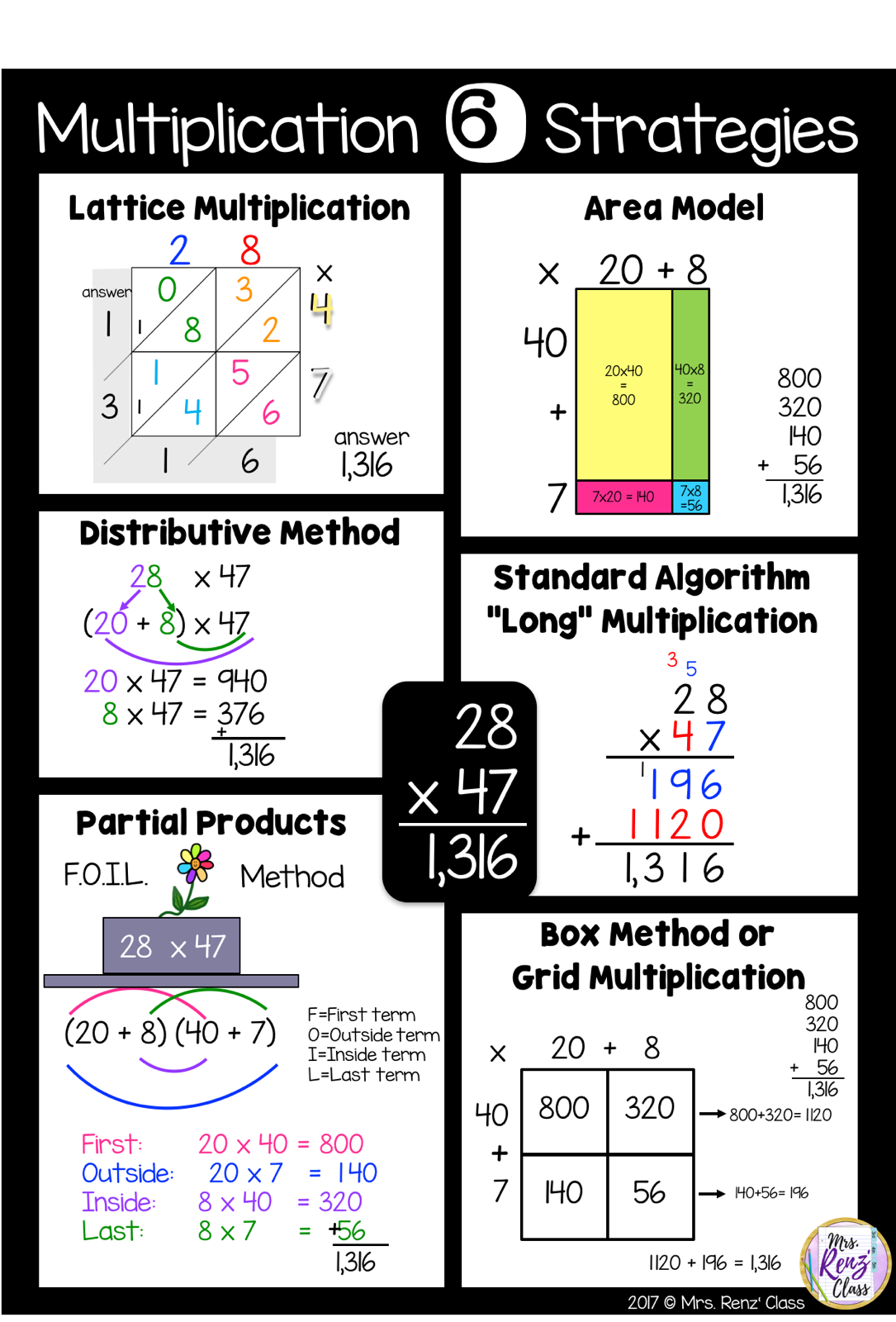Are your students having a tough time grasping multiplication? Do you find that your students are struggling to understand the basics? I’ve watched far too many students walk through the door of my classroom saying,”I hate math” or “math is my least favorite subject”, which just broke my heart. Math is near and dear to my heart and something that I find…dare I say, FUN? Math is all around us, and multiplication is an essential skill that all kids should know. Without multiplication, how are you going to tell how much you save from that spectacular sale at your favorite store? Or how much you’re going to tip the waiter at dinner? Or how much sales tax you’re paying?
Without the basic and fundamental skills to master multiplication, students get frustrated, defeated, shut down, and in turn dislike learning and school. NOT in this teacher’s classroom!! When students understand how to use their skills, they begin to feel confident, excited, and motived to continue learning. And they too start to think math is FUN!!
So…I’m sure you’re asking HOW do I make math fun?! HOW do I get students to understand multiplication?
- Teach the basics. Yes, students do need to learn their times tables! My best advice, practice, practice practice! Paper and pencil, task cards, online math multiplication games, Boom Learning games, etc. One of my favorites is giving students a pair of dice, rolling, and completing the multiplication fact based on the numbers on the face of the dice. You can also do this with dominos! Flash cards also work great to help students master their facts. It’s also imperative that students understand their basic addition and subtraction facts prior to moving on to mastering multiplication as addition and subtraction play a role in multiplication with borrowing and carrying. Try spinner addition and subtraction flash cards to help those struggling students master their facts (and it helps when the flash cards look the same so they fit in with their classmates)


- Connect math to real life!! Help students make sense of WHY they are learning multiplication. Motivation increases 2 fold when students understand the real life connection.
Examples: Calculating how much an item is on sale, how much sales tax you are paying, how much to tip your waitresses - Don’t teach tricks to get an easy answer. Teach the math! Tricks will be forgotten. Logic will remain so students can reason out the task at hand.
- Put easily accessible references at their fingertips. Help students become independent with their learning and take ownership rather than constantly asking for help, such as multiplication charts. I also strongly believe in posting math vocabulary words on my wall. This helps students understand the language of math. If they understand what they are reading and being asked they are much more likely to be successful. I LOVE my math word wall for this reason, and I know my students do too. I constantly catch my students looking up at them and referring to them. Ahh the beauty of allowing students to be independent learners. 🙂 Another great reference tool to put at the fingertips of your students is a math reference chart. It is jam packed with all kinds of math reference tips. This will help your students become more independent. I also like sending reference charts home with students, so that parents can help their child with math skills that they may be more uncomfortable with.




- Provide students with ample opportunities to practice their skills in a non-graded way. This helps provide students with the ability to practice without the associated pressure. Math centers are a great way to do this. Students receive a task card at the center, solve, and self check using the answer key.

- Teach multiplication with body movements, visuals, stories, and manipulatives. Teach area when you teach the times tables. You can relate words like 7 “by” 8 as 7 x 8. For great visuals and stories, I love using Times Tables the Fun Way! It’s a visual program with stories that students can relate to and remember the math facts.
- Teach other ways to multiply! Use Lattice multiplication. Area method. Arrays. Partial Products. Grid method. Traditional method. Using different methods allows students to choose the one they prefer.

And remember….Make math fun and relevant!

- Flash Card BUNDLE – addition, subtraction, multiplication, division
- Flash Card Spinners – Multiplication/Division
- Flash Card Spinners – Addition/Subtraction
- Multiplication Charts (Freebie)
- Math Vocabulary for Other Grades
- Math Word Wall Posters – Grade 4
- Math Helper Reference Charts (grades 3-5)
- Multiplication Strategy Posters & Flip Books (and more)



